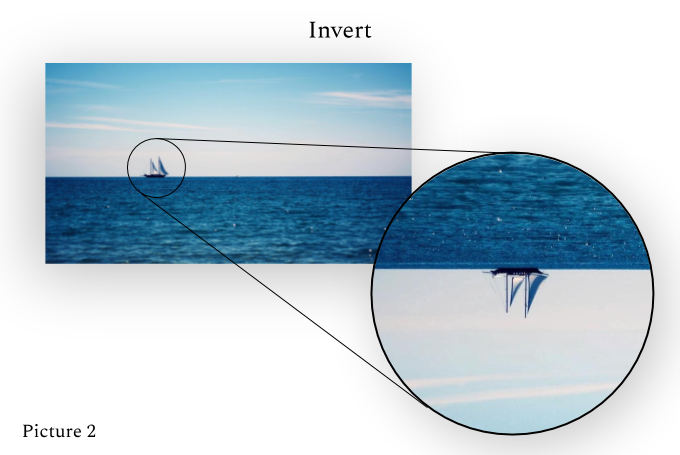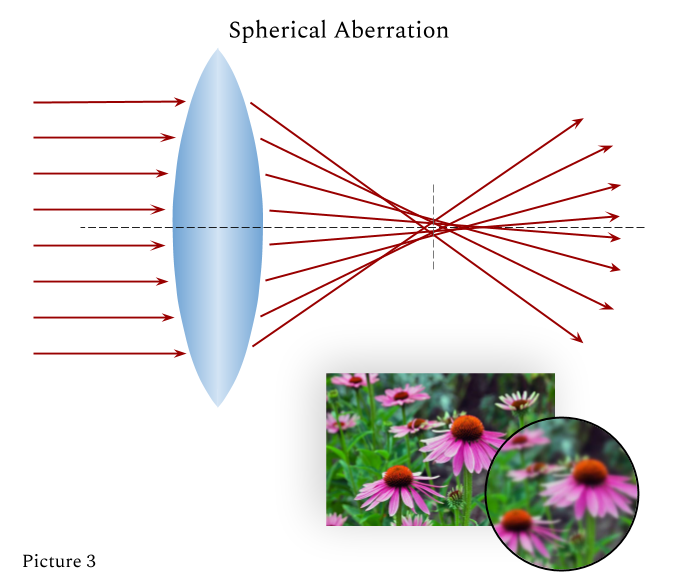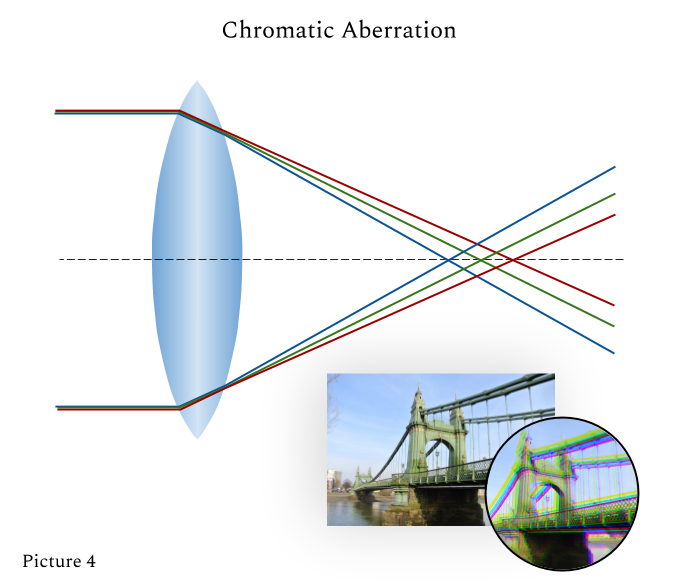
- Show results for
- Share
How to Choose a Telescope?
Resource Description

Space has always been a source of inspiration for people. No wonder that scientists with their desire to go beyond the boundaries have invented a large number of devices that are used for studying and exploring distant planets and stars to date. It’s hard to find a person who has never even heard about the most common of those inventions - a telescope. Usually, it is associated with a long cylindrical device on a tripod. And it’s true but only partly. Today, with different operating principles, telescopes come in various form factors and designs. Large or small, they still represent the same function - studying faraway objects.
What are the types of Telescopes?
Basically, telescopes are divided into three groups according to their operating principles.
Refractors
Invented at the beginning of the 17th century, refractors are known to be the oldest type. Having been much improved since the creation, a refracting telescope still represents a fairly simple system.
Basically, it consists of a tube, an objective lens, and an eyepiece. The light enters the front and hits the objective lens, which collects and bends the light rays. Passing through the tube, these rays then reach the eyepiece that actually does the magnifications (Picture 1).

Because of their simple design, refracting telescopes are easy-to-use devices with superior revolving power per inch of aperture. Providing a steady picture, they are common among both professional and amateur astronomers. However, they still have some drawbacks:
|
Invert. As the eyepiece is set behind the focal plane, the objects you observe are turned upside down (Picture 2); |

|
|
Spherical aberration. Each part of the lens refracts light somewhat differently, thus the lens does not bring parallel light rays to a perfect focus that results in a slight blurring of images (Picture 3). This effect can be reduced by using a parabolic lens instead of spherical; |

|
|
Chromatic aberration. Passing through the lens, light rays focus at different points, depending on their wavelength. (The shorter the wavelength of light, the more it is reflected.) Simply put, it is a failure of a lens to focus all colors to one point. (Picture 4). |

|
Popular Products
Reflectors
A refracting telescope has a simple structure. It consists of a tube, eyepiece, and two mirrors. The primary mirror collects the incoming light rays and reflects them to the secondary mirror, where these rays are bent to the eyepiece (Picture 5).

The first reflecting telescope was invented by Isaac Newton at the end of the 17th century. The main idea was to make a device that would address the shortcomings represented by refractors. With a mirror as the main component, reflectors create a picture that is free of chromatic aberration as all wavelengths reflect off the mirror in the same way.
As well as the refractors, reflectors may suffer from spherical aberration, but it could be reduced by using a mirror with a parabolic shape. One more disadvantage of this design is that this type of telescopes is more difficult and expensive to maintain - the mirrors have to be cleaned and aligned to the right position from time to time. The latest procedure is known as collimation and requires specific knowledge and skills.
Popular Products
Catadioptric Telescopes
Designed at the end of the 19th century, catadioptric telescopes incorporate both refracting and reflecting optics. The simplest model of catadioptrics consists of a tube, eyepiece, lens, and mirrors. Passing through the lens, the light rays are focused on the primary mirror and reflect off to the secondary mirror. These rays are then bent to the eyepiece (Picture 6).

Combining two designs, catadioptric telescopes provide an array of advantages over the preceding types of telescopes:
- Smaller and more lightweight than refractors and reflectors of the same aperture;
- Free of chromatic and spherical aberration;
- Provide sharp and detailed images.
Although catadioptric telescopes eliminate a range of problems featured by refractors and reflectors, they still represent some disadvantages, including:
- Loss of light because of the position of the secondary mirror;
- Image shift in focus due to the primary mirror’s moving while focusing;
- The need for regular collimation, a complicated task because of the complex structure.
Popular Products
How to Choose?
With a wide selection of telescopes, astronomers usually face an array of challenges while choosing the right device. The only possible strategy to narrow down this selection is to answer the basic questions below:
- How much money are you ready to spend? (Don’t forget to consider the maintenance cost as well.)
- What magnification would you like to get? (Would you like to see the rings of Saturn or the surface of Venus, for instance?)
- Do you need a portable device? (Is it small enough to transport? How easy is it to set-up and use?)
- What aperture size do you need? (Remember, the bigger the aperture, the better the view.)
Of course, you can’t find an ideal telescope, small in size, with a big aperture, and 300x magnification, that will cost you almost nothing. Choosing a telescope is always a complicated task, but you have to decide what features are more important for you. Reflector, refractor, and catadioptric telescopes, with their own advantages and disadvantages, may become an ideal solution for different applications. Below, you can see a chart representing the comparison of each type of telescopes.
|
Refractors |
Reflectors |
Catadioptrics |
|
|
Price |
High |
Low |
Medium |
|
Maximum aperture size |
Small |
Big |
Large |
|
Magnification |
Small |
Big |
Large |
|
Size |
Long and thing |
Bigger and heavier but shorter |
Very short, heavy |
|
Maintenance |
Little maintenance |
Collimation and mirror cleaning |
Collimation |
|
Possible distortion |
|
|
|
Regardless of what type of telescopes you choose, you need a reliable device that will serve you for years, thus it is advisable to purchase optics from trusted brands only.
At Mega Depot, you can find an extensive variety of refractor, reflector, and catadioptric telescopes from Barska, Carson Optical, IOptron, Konus, and more. The companies are known for designing and manufacturing cutting-edge optics for a variety of spheres, among which astronomy is in the first line.








